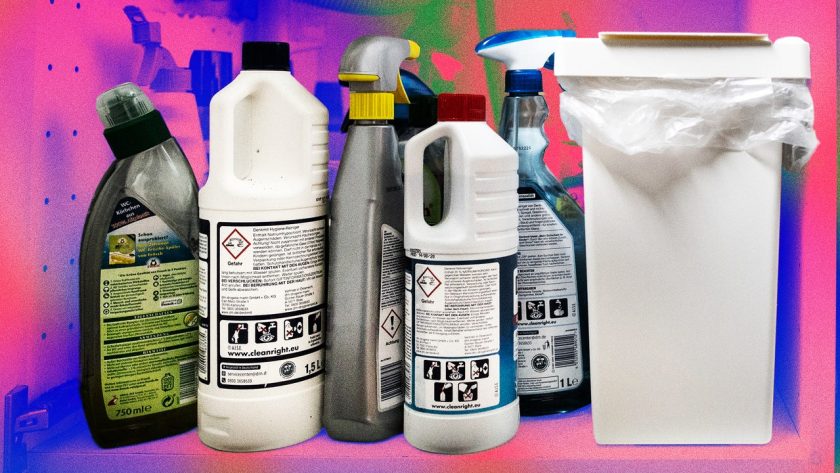A story published this week in New York Times Magazine goes long on PFAS—known as “forever chemicals”—and what they’re doing to our bodies. PFAS, or “per- and polyfluoroalkyl substances,” have properties that make them extremely attractive for consumer packaged goods: they’re often water-repellent, impervious to oil and grease, and durable under high heat exposure. However, these chemicals are also resilient in the way they continue to lurk in our environment, as well as our bodies.
Concerns around forever chemicals have been around for a while. In 2012, DuPont conducted a study—as part of a settlement for dumping a PFAS used in Teflon—which found it was “more likely than not” there was a link between the chemical and several serious negative health effects, including high cholesterol, multiple types of cancer, and ulcerative colitis.
If you’re confused by PFAS, you’re not alone. Even doctors are unfamiliar, the Times story notes, for reasons ranging from changing nomenclature (they used to go by PFCS) to laissez-faire feelings about their effects, since we’re all ingesting them.
These chemicals are in our drinking water, but we also consume them, breathe them, and massage them into our our skin. They’ve been detected in European organic eggs, and American produce, meat, and fish. PFAS have been found in cosmetics, floss, yoga mats, bedsheets, to-go containers, footwear, tampons and artificial turf. They’re all around our environment, found in Caribbean flamingos, swamp alligators, and even snow in the Antarctic. If you fainted from reading all of that and call a medic, their protective equipment can also contain PFAS.
PFAS exist in thousands of forms, but current testing methods detect less than 50 of them. But they’re still being found everywhere. Last year, in an investigation of over 100 restaurant and grocery chains takeaway packaging, Consumer Reports found PFAS in at least one type of packaging at every retailer they tested.
Because of their evolving formulations, data on PFAS health effects is limited. But it’s “safe” to assume that once exposed to PFAS from our food, drink, or moisturizer, “some readily bind to one of our major blood proteins,” as the Times cites Stanford University discovering this mechanism back in 1956.
In cells, PFAS increase oxidative stress, which is associated with a number of serious medical conditions, including cancer and cardiovascular disease. It’s not yet clear how the direct relationship between PFAS and diseases works, but it’s cause for concern—both the United States and the European Union are currently mulling over new regulations regarding forever chemicals.
Read the story it its entirety to understand why these plastics are everywhere, and what they might be doing to your body. Warning: You will begin to wonder what exactly in your life doesn’t contain PFAS.



